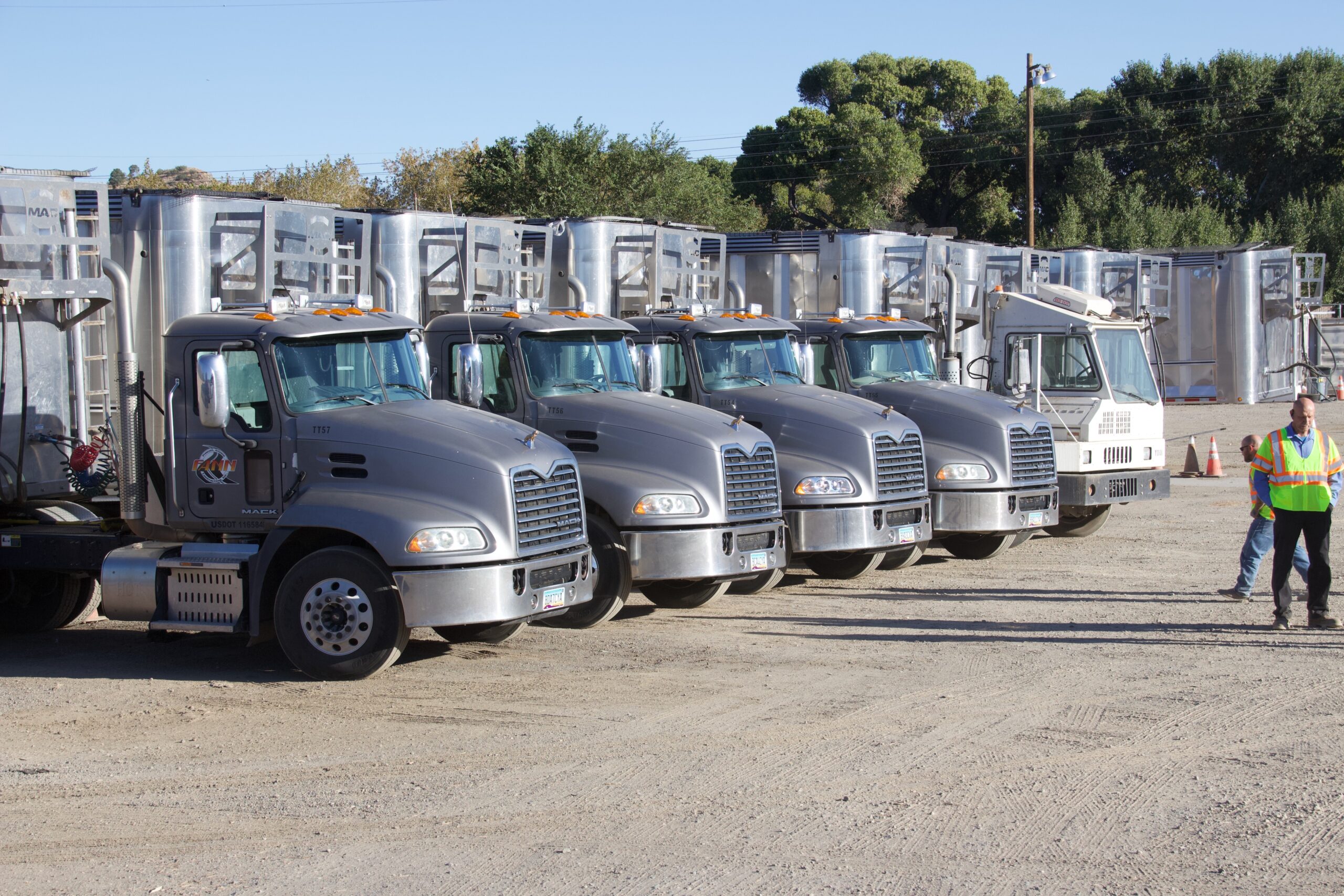How did these habits get started?
Early diesel fueled trucks (1930’s) had inherent problems. The engine design made for poor starting. The oils were thick and heavy, the fuel tended to gel making the engines hard to start, especially in cold weather. The fuel quality was not as good and was not regulated like it is today.
Over the years fuel engines and technology have improved tremendously, but for some reason the old habit of leaving the engine running has stayed with us.
Myth: Diesel engines need to warm up at idle for 5 to 10 minutes or more especially on cold days before driving them.
Fact: This is one of the most common myths about diesel engines. Most engine manufacturers recommend that newer diesel engines idle for no more than 3 minutes before driving.
Gelling of diesel fuel used to be a problem. Refiners have resolved this problem by making winter blends that work better in colder weather.
Letting an engine idle actually does more damage to the engine than starting and stopping. Running an engine at idle causes twice the wear on internal parts com- pared to driving at highway speeds. Idling will increase maintenance cost and shorten the life of the engine.
Myth: Diesel engine idling does not waste much fuel.
Fact: Fuel is one of the largest operating expenses in our industry. Idling adversely impacts us by increasing fuel and maintenance expenses. One hour of idling time in a pickup consumes about one gallon of fuel. The larger the engine the more fuel consumed. A gallon of diesel costs over $3.20 per gallon now and is expected to climb this year. With the number of pickups, heavy trucks and equipment we operate, the cost of idling adds up quickly.

